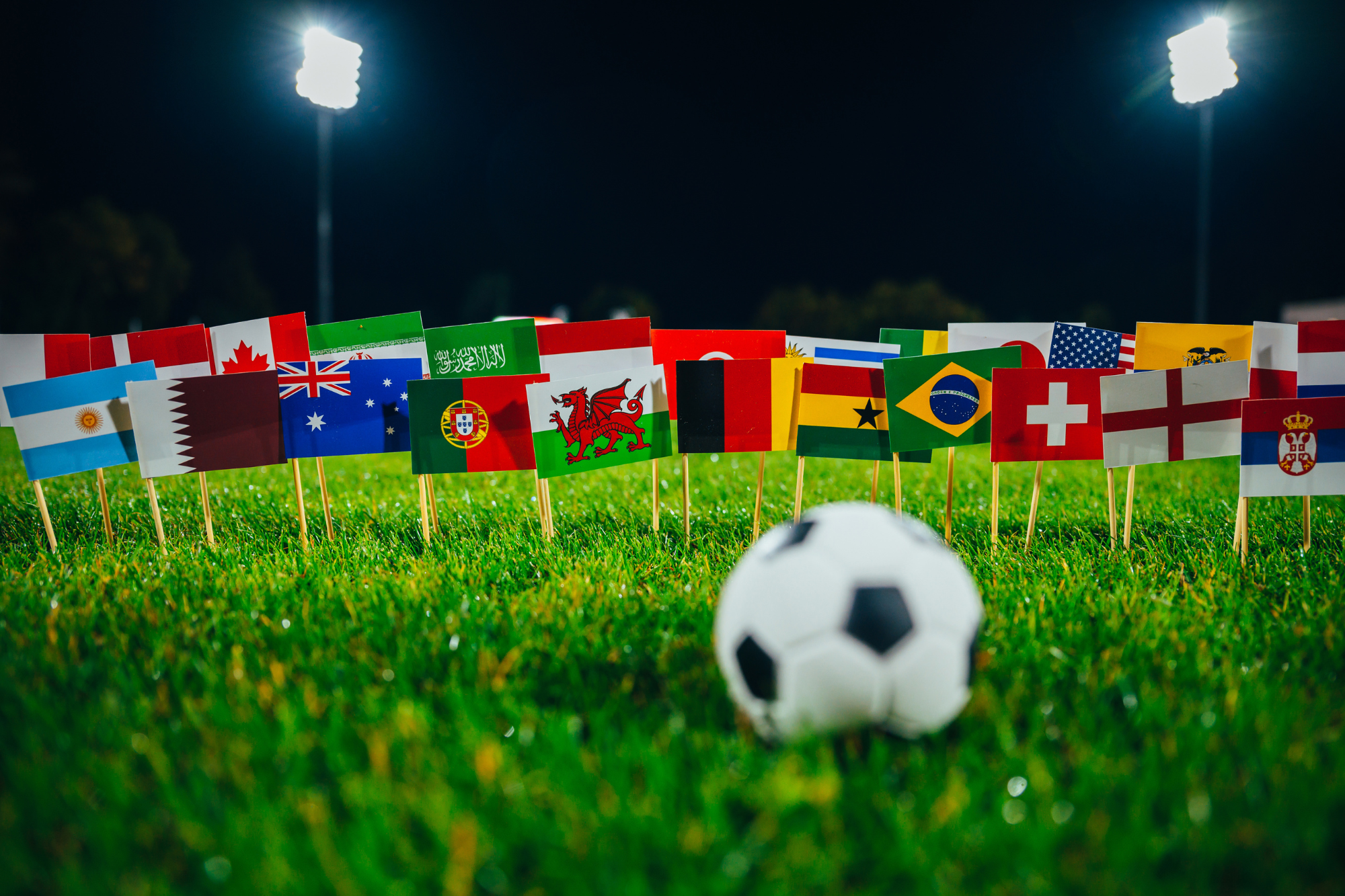
In 2026, the FIFA World Cup – the world’s most popular sports event – will be held in cities across the United States, Mexico and Canada (and will feature six games in Toronto, including the first ever World Cup match on Canadian soil). In recent years, the hosting of the World Cup has been tied to promises of positive social development outcomes. For example, the 2010 World Cup in South Africa, the first time the tournament was held on the African continent, was promoted as a means of challenging poverty (Pillay and Bass, 2008) and a symbol of emerging Pan-African modernity (Manzo, 2013). Similar understandings were attached to the World Cup (and Summer Olympics) in Brazil during the 2010s (Darnell and Millington, 2015). And while the 2026 World Cup may not be tied to modernist narratives in the same way, the Fédération Internationale de Football Association, (FIFA, the world governing body for soccer/football), has nonetheless introduced new human rights policies for the event, stating now that they, as an organization, are “committed to respecting all internationally recognized human rights and shall strive to promote the protection of these rights” (FIFA, 2017).
Such connections between sport, human rights, and development are tied to, and emblematic of, the broader sport for development and peace (SDP) sector, a loose amalgam of organizations, stakeholders and activists that advocate for, organize and implement sports-based programs to meet the goals of international development, including the Sustainable Development Goals (SDGs). Indeed, the release of the SDGs itself was accompanied by a recognition of, and role for, sport in achieving sustainable development. Article 37 of the SDG Declaration states:
Sport is also an important enabler of sustainable development. We recognize the growing contribution of sport to the realization of development and peace in its promotion of tolerance and respect and the contributions it makes to the empowerment of women and of young people, individuals and communities as well as to health, education and social inclusion objectives.
Since the announcement of the SDGs, sports mega-events, like the World Cup and Olympics, have increasingly been tied to the 2030 agenda, particularly as sports governing bodies (FIFA, as well the International Olympic Committee) have claimed leadership roles in sustainable development. The IOC has held observer status at the United Nations since 2009, and in 2024 was named an observer to the UN Framework Convention on Climate Change and the Conference of the Parties (COP). Combined with the hundreds of grassroots, and often non-governmental, organizations that implement sports to support sustainable development, the institutionalization of the SDP sector is now clear.
Yet, the relationship between sport and sustainable development, and the efficacy of the SDP model, is neither straight forward nor clear. On the one hand is global sport’s poor track record regarding sustainability. For example, while the UN recognizes the IOC because sport can be an “important enabler” in advancing the SDGs, the environmental and sustainability legacies of hosting sports mega events have been found to be more negative than positive (Cerezo-Esteve et al, 2022). Similarly, FIFA arguably developed its human rights policy only after decades of human rights abuses tied to World Cup hosting (Muller and Gaffney, 2018), and the decidedly undemocratic and untransparent manner in which FIFA recently awarded the 2034 World Cup to Saudi Arabia lends little credence to its supposed human rights commitments.
Overall, the future of sustainable development through sport likely lies at the grassroots level, and with local organizations and activists who advocate for sport as platform from and through which to demand reform, and as a site in which to practice sustainability differently. For example, feminist scholars have argued for years that when conceived and implemented with inclusion, equity and empowerment goals in mind, sports programs may contribute positively to girls and women’s social, economic, and cultural development (Hayhurst et al, 2021). The challenge now is to continue to bring such goals to the fore amidst the trifecta of shifting global sport policy, the climate and sustainability crisis, and an increasingly unstable geo-political order.
References
Cerezo-Esteve, S.; Inglés, E.; Segui-Urbaneja, J.; Solanellas, F. The Environmental Impact of Major Sport Events (Giga, Mega and Major): A Systematic Review from 2000 to 2021. Sustainability 2022, 14, 13581. https://doi.org/10.3390/ su142013581
Darnell, S., & Millington, R. (2015). Modernization, neoliberalism, and sports mega-events: Evolving discourses in Latin America. In Mega-events and globalization (pp. 65-80). Routledge.
FIFA (2017) FIFA’s Human Rights Policy – May 2017 Edition. Zurich, Switzerland. Available at: https://inside.fifa.com/social-impact/human-rights/documents
Hayhurst, L.M.C., Thorpe, H. and Chawansky, M. (2021), "Introducing Sport, Gender and Development: A Critical Intersection", Sport, Gender and Development (Emerald Studies in Sport and Gender), Emerald Publishing Limited, Leeds, pp. 1-32.
Manzo, K. (2013). Visualising modernity: Development hopes and the 2010 FIFA World Cup. In Global Perspectives on Football in Africa (pp. 35-49). Routledge.
Müller, M., & Gaffney, C. (2018). Comparing the urban impacts of the FIFA World Cup and
Olympic games from 2010 to 2016. Journal of Sport and Social Issues, 42(4), 247–269.
Pillay, U., & Bass, O. (2008, September). Mega-events as a response to poverty reduction: The 2010 FIFA World Cup and its urban development implications. In Urban forum (Vol. 19, pp. 329-346). Springer Netherlands.

